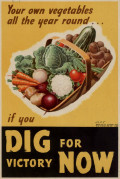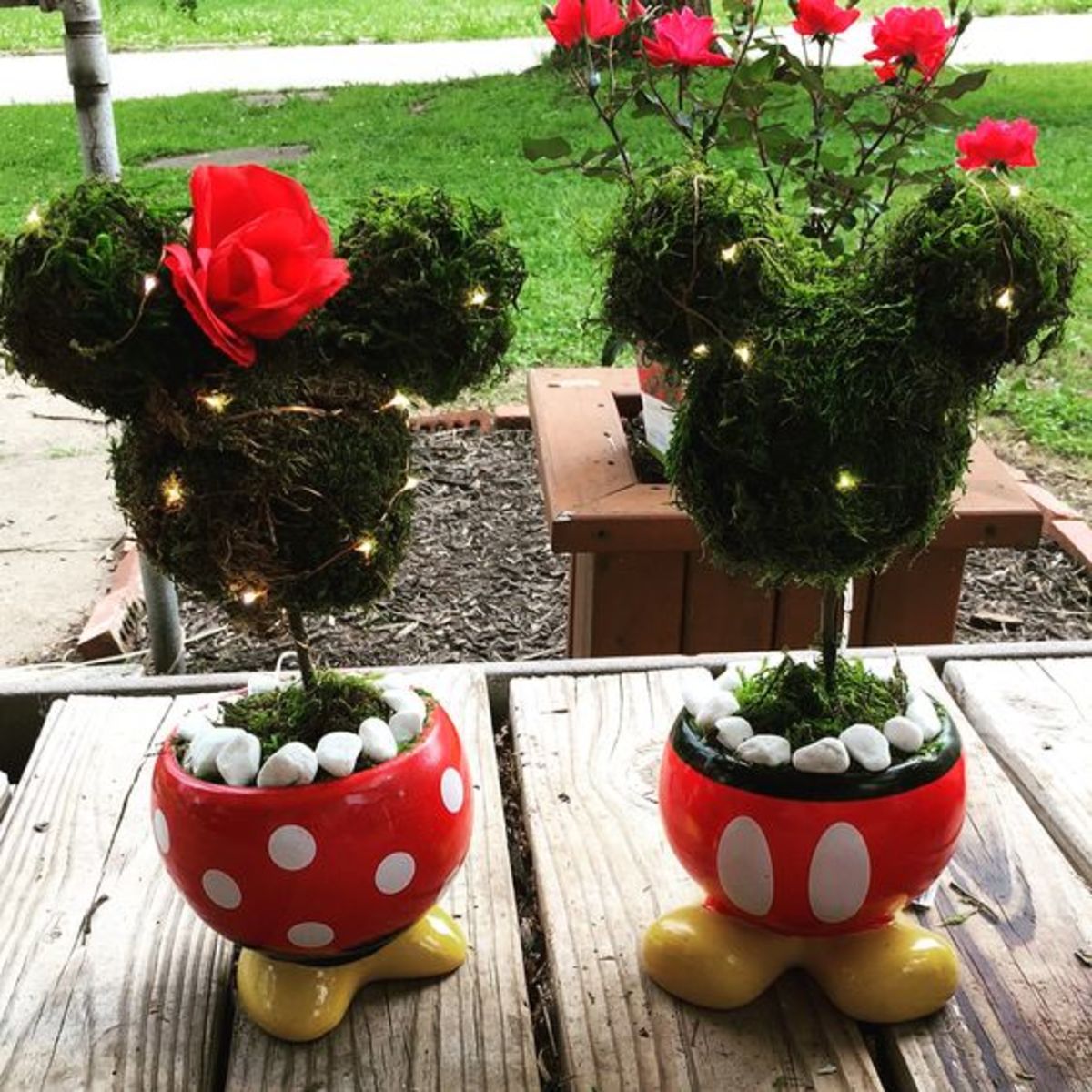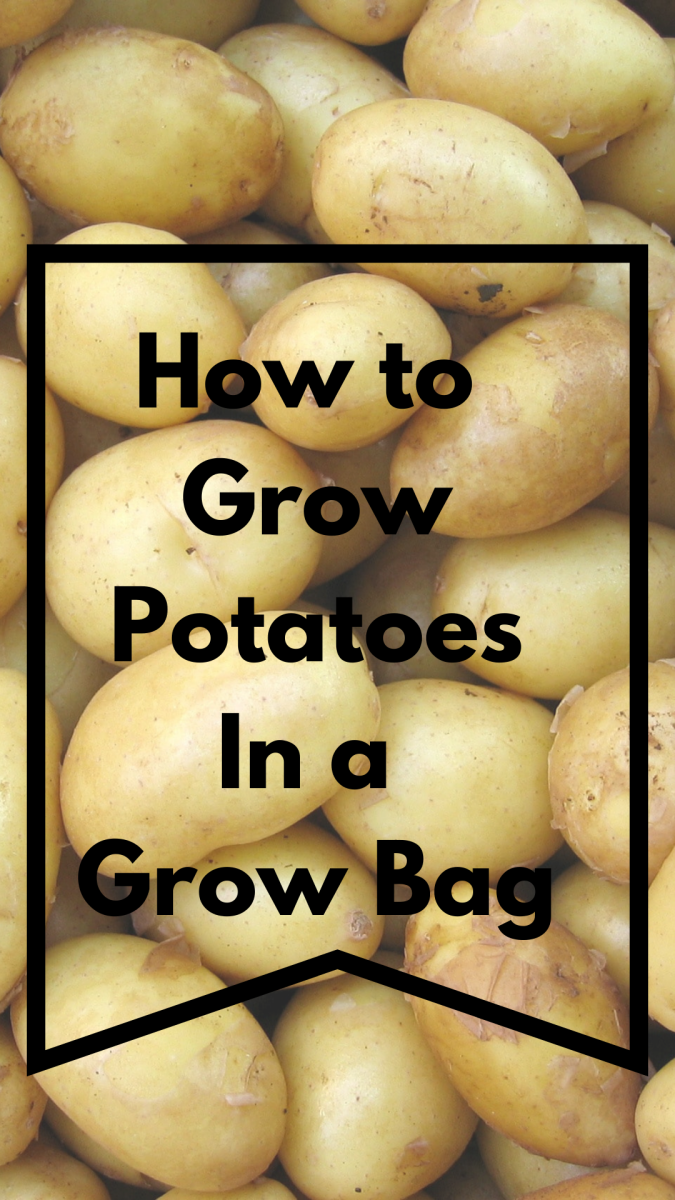Victory Gardens Make a Comeback
Are Victory Gardens making a comeback? The answer is yes, and anyone can reap the benefits from planting a Victory Garden. Whether you have 40 acres or a small window box, a Victory Garden can be yours with a small investment of your time.
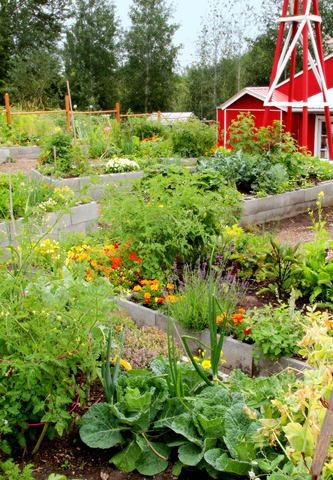
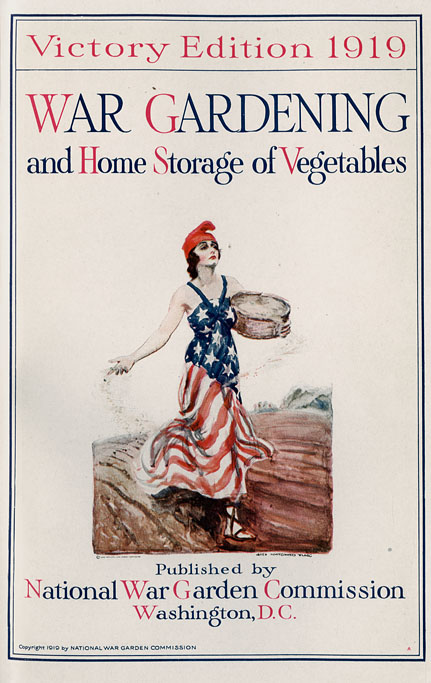
History of Victory Gardens
Victory Gardens were planted during World War I to help with the war effort. People everywhere in the United States began planting these gardens because it would help to put food on their tables, and that of their less fortunate neighbors. Victory Gardens were extremely successful for several reasons. First, these gardens didn’t require large acres of land, nor did they take people or machinery away from other agricultural ventures needed for the war effort. Second, seed companies championed the cause and provided free seeds and gardening instructions to anyone who wanted to plant a garden. Whether you wanted to plant squash in an abandoned city lot or had enough area to plant 50 varieties of seasonal vegetables, the seeds and know-how were available to you, free for the asking.
Examples of Victory Gardens that can still be seen today include the Fenway Victory Gardens in Boston, Massachusetts, the Dowling Community Garden in Minneapolis, Minnesota and the Victory Garden at the Smithsonian Institution (based on the 1943 government pamphlet).
Cost
Today, seed companies haven’t, as of yet, jumped on the bandwagon to supply people with seeds. There isn’t a perceived need to plant Victory Gardens again. However, with the increasing price of fuel, consumers are already beginning to feel the pinch at the grocery story. Fresh produce that would have cost you $20 in 2010 may well be costing you $35 to $40 today. For many families, fresh produce makes up 1/3 of their weekly grocery bill. In a down economy, consumers may sacrifice fresh produce because of the rising costs; unfortunately, this also has a health cost for families as well, especially for children. Children and adults need 5 fruits or vegetables per day. Planting a Victory Garden can help families slash their grocery bills and promote new relationships between neighbors and communities.
Getting Started
Do you want to start a Victory Garden but don’t know where to begin? If you’re community minded, it can be as simple as starting a Victory Garden Club. The first meeting can be an organizational one, with the second meeting having a seed swap to get everyone off to a good start with a variety of seeds for their own gardens. In need of a meeting place? Ask your town hall or public library if you can use a meeting room for your Victory Garden Club, or offer your own home to kick start your program.
If you’re not someone who likes to dive in and start a club you can always plant your own Victory Garden. To start, just decide which crops you would like to eat yourself. They could be herbs, lettuce, melons or anything else that can be grown in your hardiness zone (of course you can grow things outside of your hardiness zone if you have a greenhouse!).
Victory Garden Goals
The goal of a Victory Garden during World War I was to provide food for a family and their neighbors. Any leftover food was then preserved to last through the winter months when fresh produce wasn’t as plentiful. Whether an individual planted just corn or a variety of vegetables, communities gathered their produce and distributed it amongst the community to ensure that as many people as possible had fresh food, or preserved food, on their tables.
Today with so many people unemployed and unable to afford fresh produce, Victory Gardens could again help to put fresh produce on many people’s tables. Local food pantries frequently run out of fresh produce, as do local ministries that also try and provide food for the nation’s hungry. If you have the space and have left over produce, call your local church or food pantry to see if they have a need that you could fill. In addition, your neighbors may want to swap produce if you have something they would like, but have trouble growing it. For example, you may want to swap an over-abundant zucchini crop for some tomatoes, or unload a large crop of horseradish and garlic in exchange for some blueberries.
Personally I’ve seen some gardeners offering their excess produce for free in front of their homes. They simply place a table on their lawn with a sign that states “Free.” People who are in need but don’t want to ask for help can then help themselves to your bountiful crops.
Note: While the First Family made an attempt at the White House to plant a garden so they could eat fresh fruits and vegetables, they made a mistake- they planted in an area that had high levels of lead in the soil (see Lead Found in Michelle Obama's White House vegetable garden). Elevated lead levels are dangerous for young children as it can lead to kidney and brain damage as well as stunting growth. If you're planting a community garden, be sure to have the soil tested first.
Victory Garden Resources
- Victory Gardens : Free Download & Streaming Videos
- Recipe for Victory: Food and Cooking in Wartime
- Victory Seed Company - The Victory Garden
World War II was in full force and America was fighting on many fronts. The entire economy, and society, was working towards Victory. Home gardens were part of this effort. - Smithsonian Institution - Within These Walls
- Victory garden - Wikipedia, the free encyclopedia


